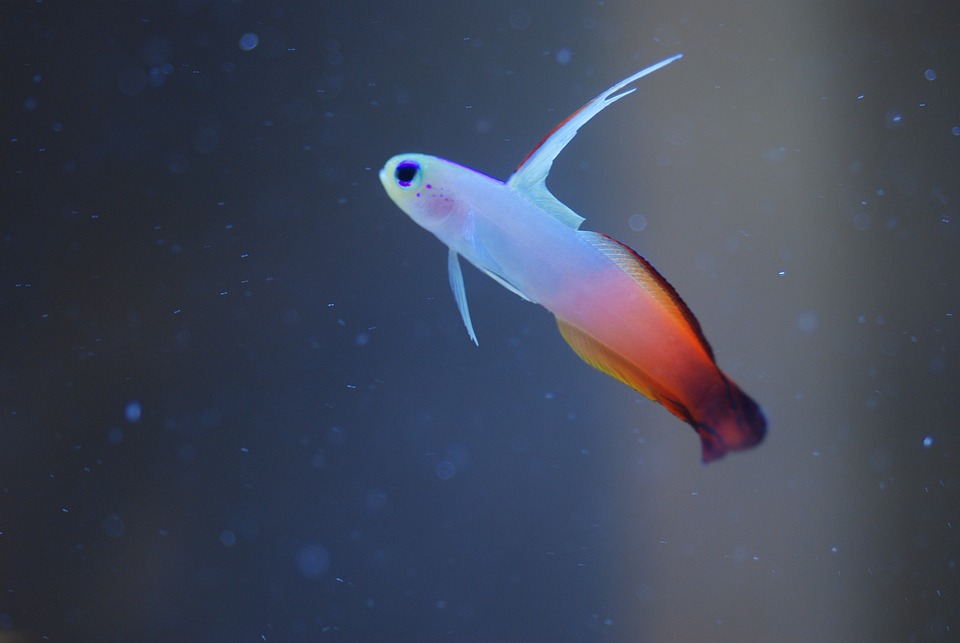Fish tank diseases can be a serious concern for aquarium enthusiasts. In order to maintain the health and well-being of your fish, it is important to have a good understanding of common fish tank diseases, their symptoms, and effective treatment options. This comprehensive guide will explore various techniques and strategies for fish tank disease treatment, as well as address frequently asked questions to help you keep your aquarium thriving.
Understanding Fish Tank Diseases:
1. What are fish tank diseases?
Fish tank diseases are illnesses or infections that can affect the health of fish in an aquarium. These diseases can be caused by bacteria, viruses, parasites, or poor water conditions.
2. Common types of fish tank diseases:
Some common fish tank diseases include fin rot, ich, dropsy, velvet disease, and swim bladder disease. Each disease has its own set of symptoms and treatment options.
3. Identifying symptoms of fish tank diseases:
Symptoms of fish tank diseases can vary depending on the specific disease, but common signs include loss of appetite, abnormal swimming behavior, visible lesions or sores, changes in color or texture, and respiratory distress.
4. Importance of early detection and treatment:
Early detection of fish tank diseases is crucial for successful treatment. If left untreated, diseases can quickly spread and cause harm to other fish in the aquarium.
Fish Tank Disease Treatment Options:
1. Quarantine tank setup:
Setting up a quarantine tank is an important step in fish tank disease treatment. A quarantine tank provides a separate and controlled environment for sick fish, reducing the risk of spreading diseases to healthy fish.
2. Medications and treatments:
Before starting any treatment, it is important to properly diagnose the disease affecting your fish. Over-the-counter medications may be effective for some diseases, while others may require prescription medications. Natural remedies and alternative treatments can also be considered.
3. Water quality management:
Maintaining optimal water conditions is essential for fish health. Regular water testing and maintenance routines, such as water changes and filtration system maintenance, can help prevent and treat fish tank diseases.
4. Nutrition and feeding practices:
Providing a balanced diet is important for keeping fish healthy. Supplementing with vitamins and minerals can boost immune systems, while proper feeding techniques and portion control can prevent overeating and related health issues.
Frequently Asked Questions (FAQs):
1. Can fish tank diseases be prevented?
Preventive measures, such as regular water testing, maintaining optimal water conditions, and quarantining new fish before introducing them to the main aquarium, can help prevent fish tank diseases.
2. How can I identify if my fish has a disease?
Look for signs such as loss of appetite, abnormal swimming behavior, visible lesions or sores, changes in color or texture, and respiratory distress. Consult a veterinarian or fish expert for a proper diagnosis.
3. Are there any natural remedies for fish tank diseases?
Some natural remedies, such as salt baths, herbal additives, and certain plants, can help treat fish tank diseases. However, it is important to research and consult experts before trying any natural remedies.
4. Should I treat the entire aquarium when one fish is sick?
It is generally recommended to treat the sick fish in a separate quarantine tank to prevent the spread of diseases to healthy fish. Treating the entire aquarium may disrupt the balance of the ecosystem and harm beneficial bacteria.
5. How long does it take for fish tank diseases to be cured?
The duration of treatment can vary depending on the specific disease and the effectiveness of the chosen treatment method. It is important to follow the treatment plan recommended by a veterinarian or fish expert.
6. Can fish tank diseases be transmitted to humans?
Most fish tank diseases are not transmissible to humans. However, some diseases caused by bacteria or parasites, such as Mycobacteriosis or Fish tuberculosis, can potentially infect humans. Proper hygiene and handling practices should be followed.
Conclusion:
Proper diagnosis, effective medications, water quality management, and appropriate feeding practices are essential for fish tank disease treatment. By understanding common fish tank diseases, identifying symptoms, and promptly addressing health concerns, you can create a thriving and disease-free environment for your fish. Regular monitoring, preventive measures, and a well-maintained aquatic ecosystem are key to ensuring the long-term health and well-being of your beloved fish.









